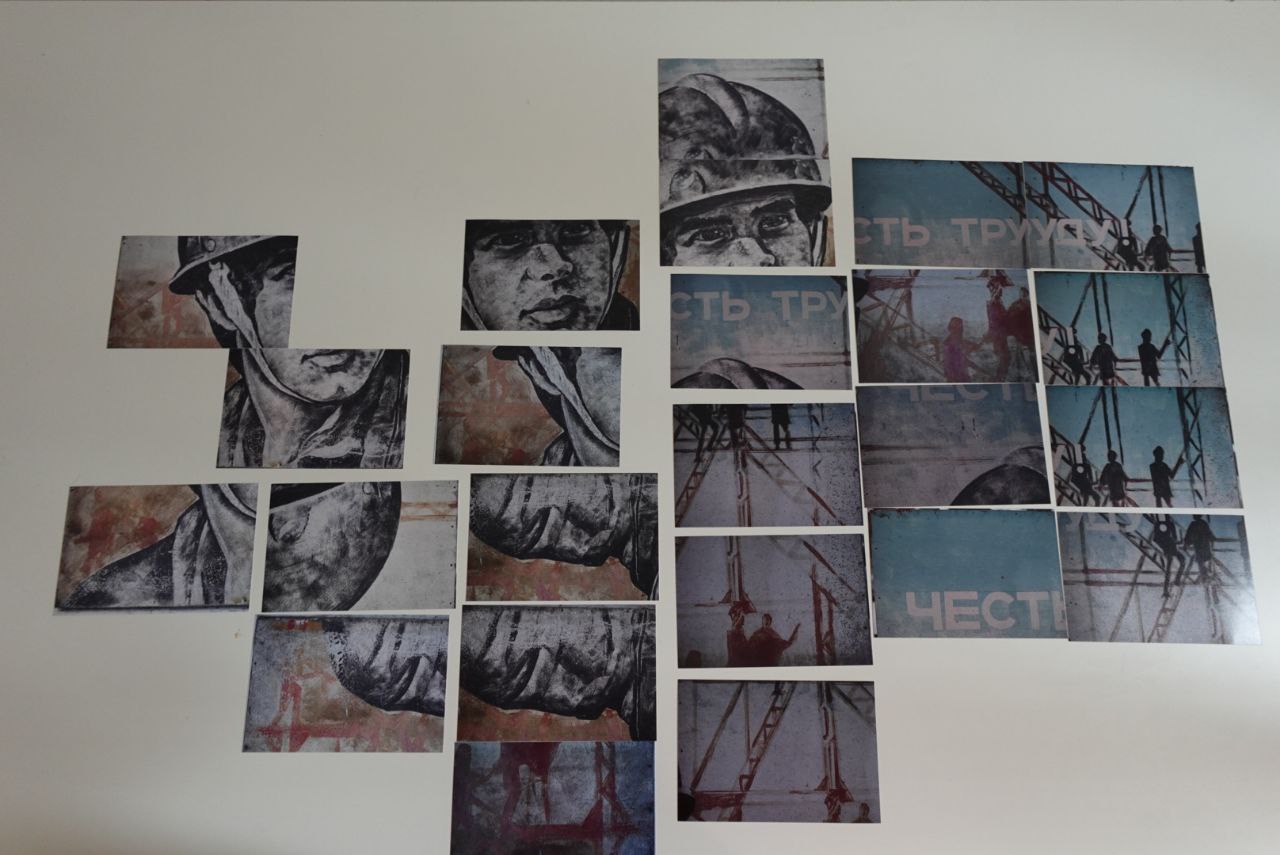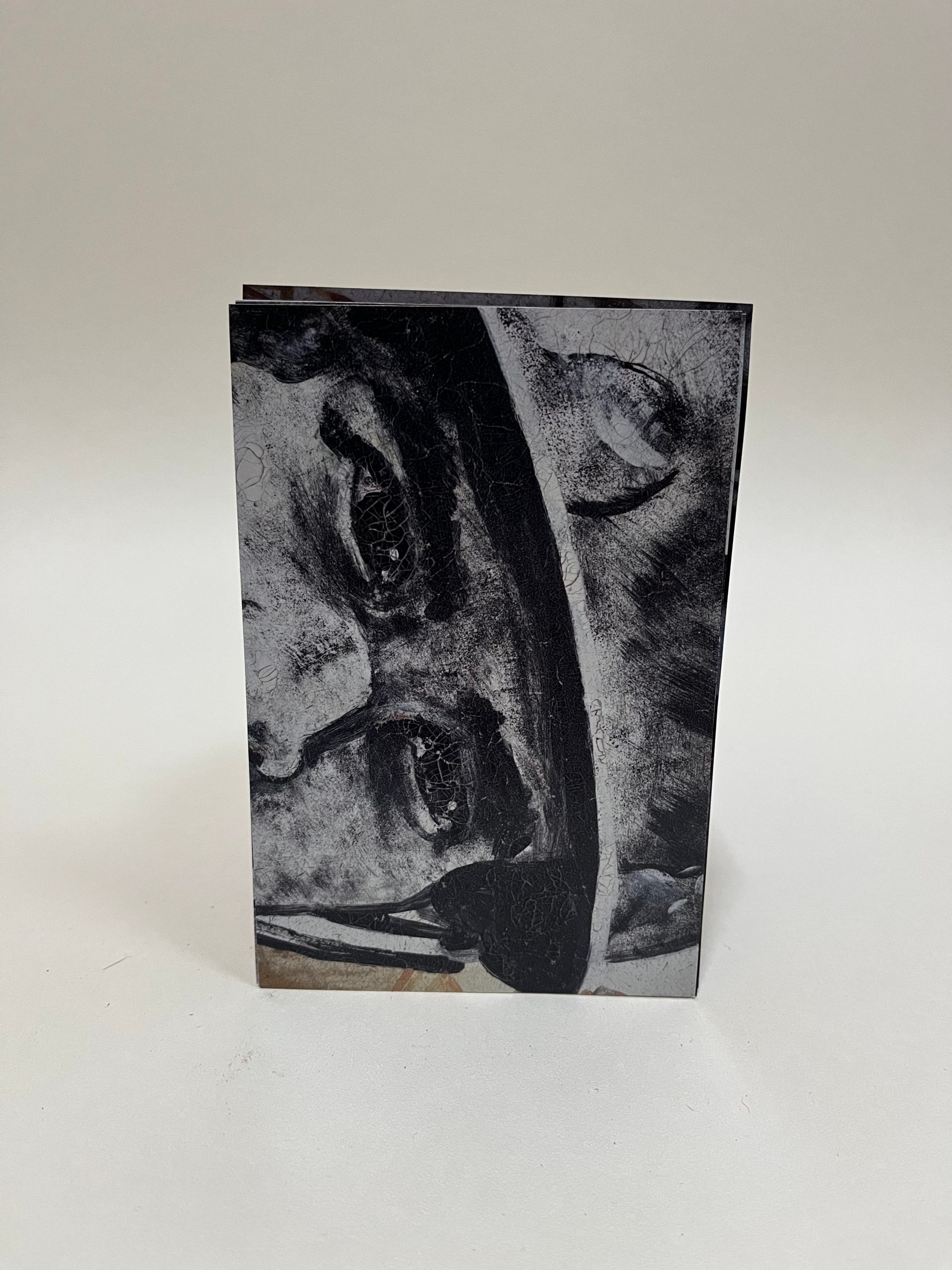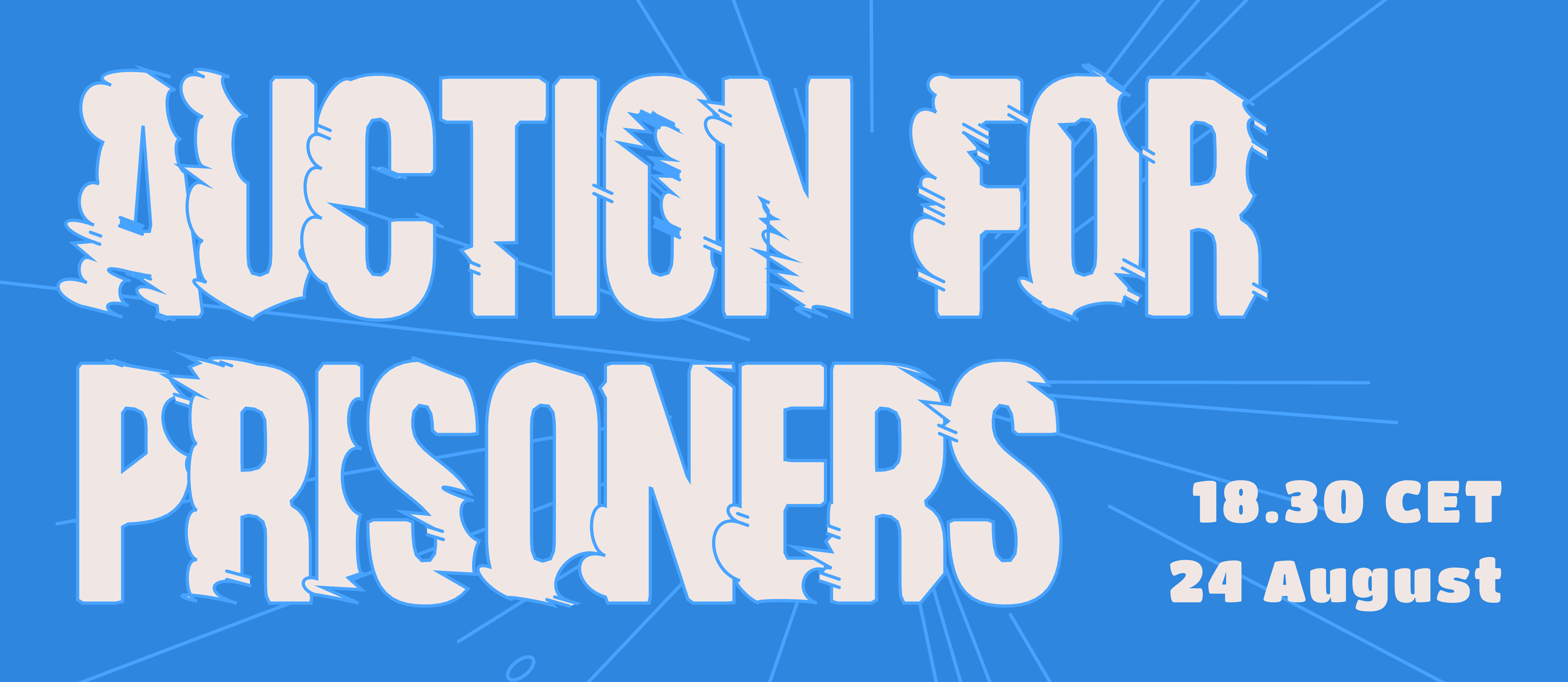
The auction was organised as part of the celebration of the 15th anniversary of ABC-Belarus. All proceeds will be directed to support imprisoned anarchists in Belarus.
The following items were not sold at the auction, but you still have an opportunity to buy them for a fixed price.
Lots
Important: Postage costs for delivery to other locations shall be paid by the buyer.
Biał
100 euros
Andrei Dureika
2015/21, 420x297mm, digital printing, paper
Edition 6/10 + AV
The work is a graphic reproduction of the mural of the same name, created for the exhibition ZBOR. Constructing an Archive held at the Arsenal Gallery in Bialystok in 2015.
After the last celebration of the Square centenary of the 1914, against the background of the sounding shots of 2014 in Ukraine, it became especially clear that everything has changed, control has been lost, the new reality has obeyed the explosive event, the reverberations of which reached us immediately, bringing chaos and destruction. Breaking the old structures, the form submits to the violent gesture, in all its furious expression, spewing unpredictable flying splashes, but still recognisable physical laws of the collision of fluid and solid bodies, reflecting the shock wave, and yet remaining clear in the inscription of the trace of the unspoken, “non-word”, opening space for speculation, recognising in the void familiar hints of name, place or colour.
Andrei Dureika is an artist from Belarus who lives in Düsseldorf, Germany. Many of his works are dedicated to the events in Belarus and the war in Ukraine. He is currently curating an exhibition on Ales Pushkin, a Belarusian artist who died in prison.
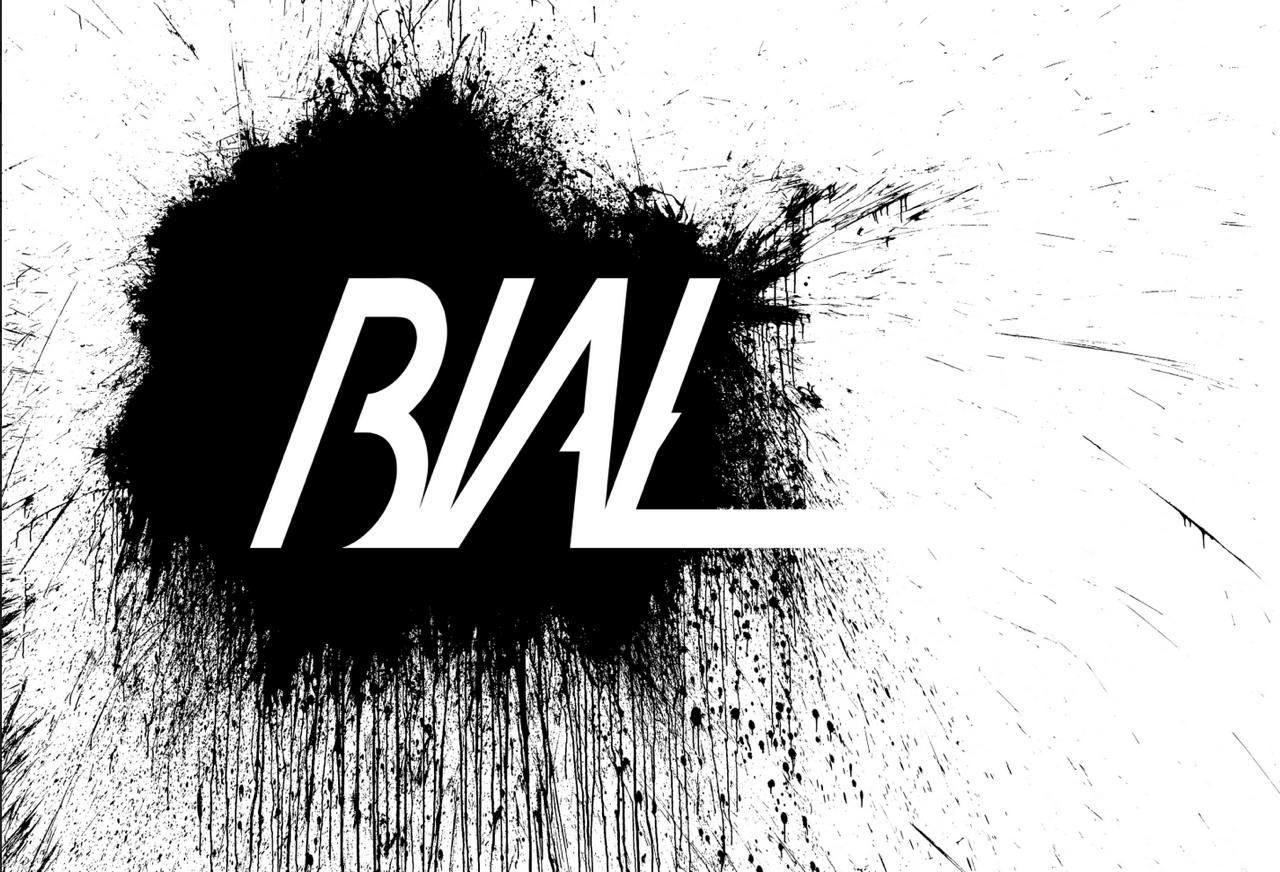
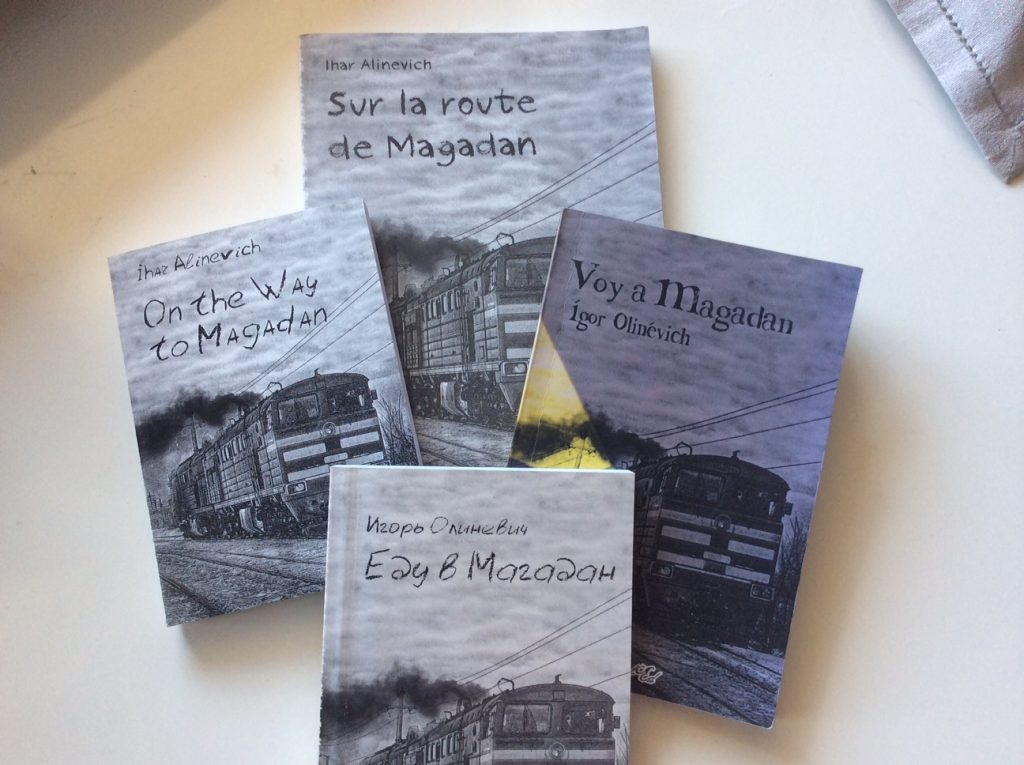
“On the Way to Magadan” by Ihar Alinevich in 11 languages
120 euros
2013-2023
11 books. Languages: Russian, Belarusian, Ukrainian, Polish, Czech, Bosnian, German, French, English, Spanish, Greek.
Ihar Alinevich is a Belarusian anarchist, twice incarcerated for direct action. Currently serving 20 years in prison. For the first six months after his arrest in 2010, he was held in the KGB detention center in Minsk, an underground prison in the center of the city. While in detention, he wrote a memoir of his experiences and pass it to the outside. The book was published in Russian in 2013 and has since been translated by comrades into 11 European languages.
This lot includes a set of all publications.
Minsk, Navavilenskaya Street
100 euros
Yauhen Attsetski, 2016
Framed photograph. Frame 30×30 cm, photo 20×20 cm. Printed on Hahnemühle Photo Matt Fibre 200 paper in Lviv in 2024
Navavilenskaya Street lies within the boundaries of the second ring road, and its architecture epitomizes postwar Minsk: two-story buildings, quiet green courtyards. But the city is changing fast. According to residents, the building in the photo no longer exists. Perhaps in a few decades the rest of the yards with similar buildings will be gone.
Yauhen Attsetski is a photographer and citizen journalist from Belarus. Author of the photo projects “Messed Up”, “Square of Changes”, “Under Attack”.
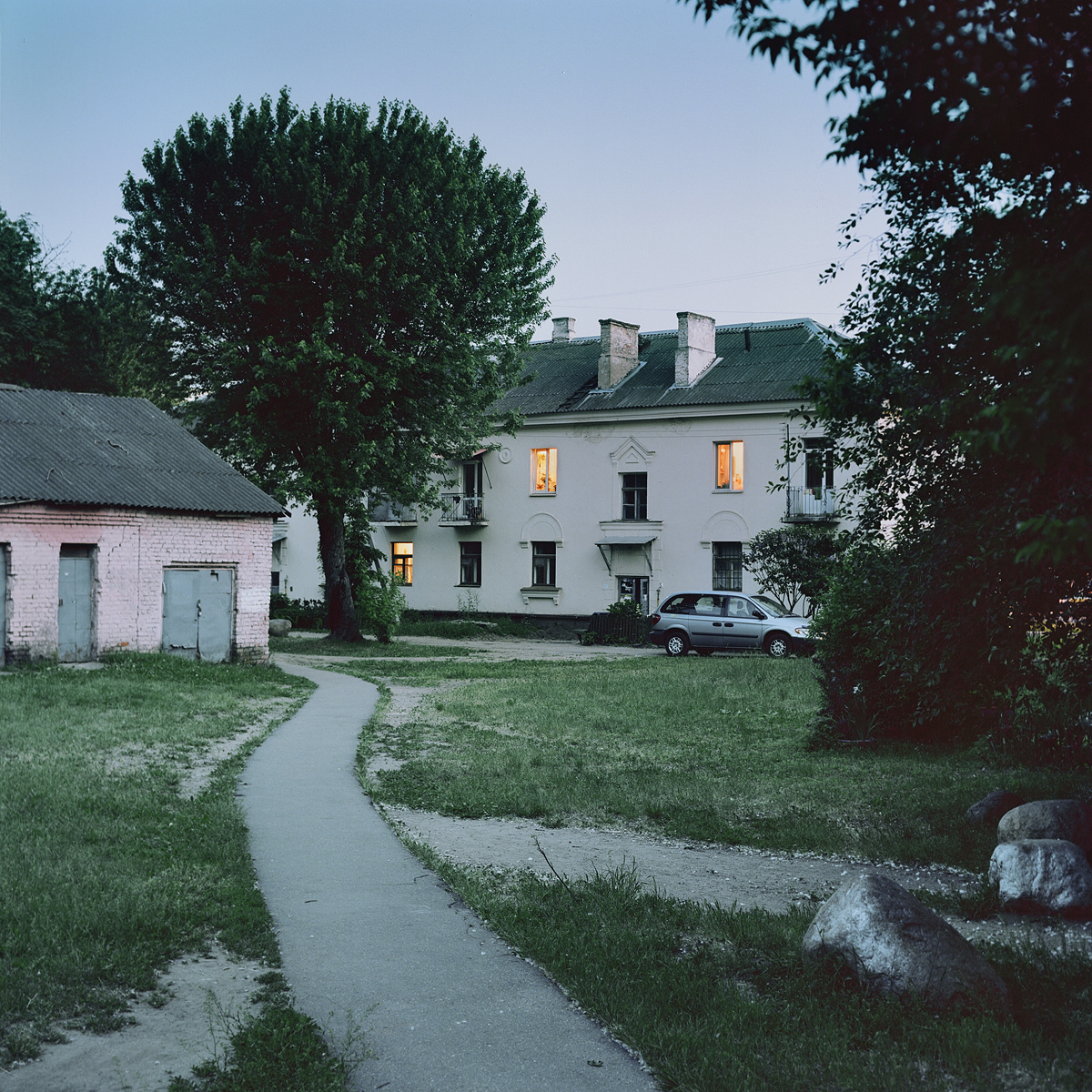
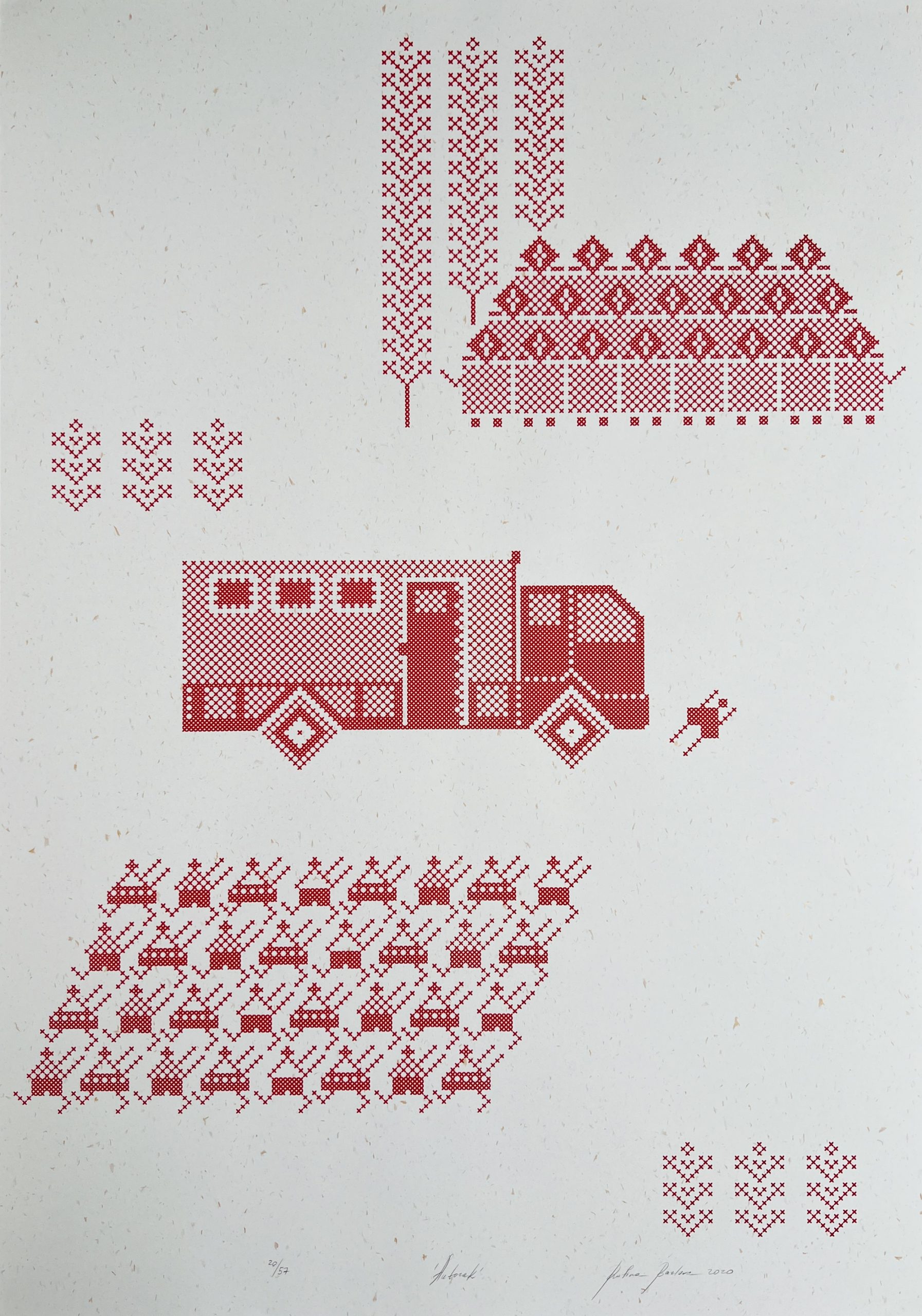
Poster “Autozak”
500 euros
Rufina Bazlova, 2020
silkscreen, size 70 x 100 cm
limited edition, signed, numbered
An autozak is a police wagon used to transport detainees in Belarus. This work is both a symbol of the imminent threat to protesters and a symbol of protest as a threat to the regime. On August 9, 2020, a man was run over by an autozak during protests in Minsk.
Rufina Bazlova is a Czech-Belarusian artist working with illustration, social art, and scenography. She gained international fame with her series “History of Belarusian Vyzhyvanka”, which depicts the 2020 protests in Belarus using traditional folk embroidery. Together with Sofia Tokar, Rufina founded the association Stitchit, z.s., which is currently implementing the social art project #Framed in Belarus, dedicated to political prisoners in Belarus.
The aim of the project is to create portraits of each person convicted for political reasons using the traditional Belarusian technique of embroidery with red thread on a white background, thus capturing an important epoch of Belarusian history employing the folk code – ornament. Anyone can participate in the project by embroidering the proposed motif and thus symbolically showing solidarity with the prisoners.
The proceeds from this lot will be divided between Frame in Belarus and ABC-Belarus
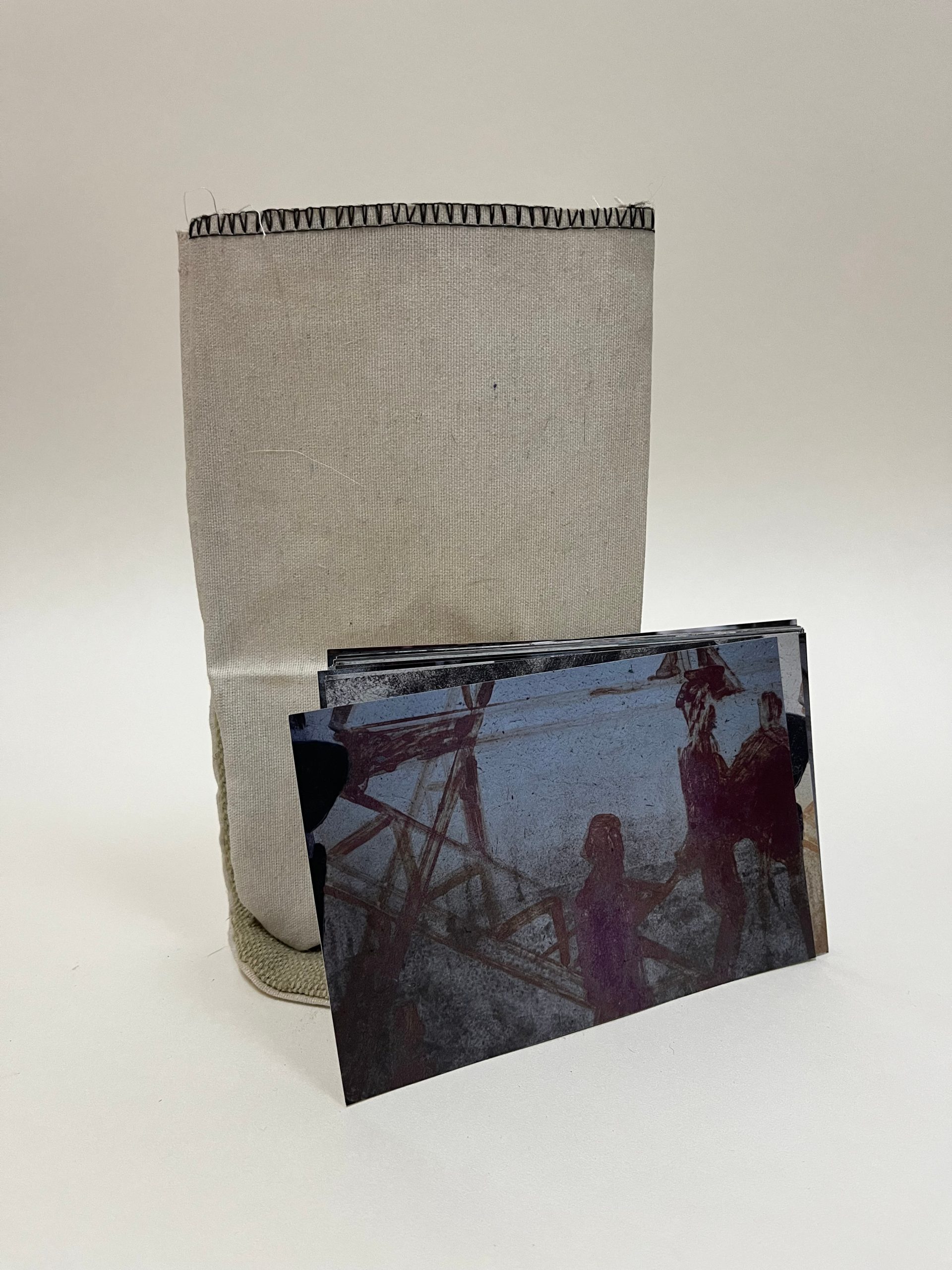
Mitten of the Alexei Shpagin Perm Steam Locomotive Repair Plant worker
100 euros
Author’s name anonymised, 2018
Mitten, postcard fragments of the mural “Honoring Work”
The Remput Mash Repair Plant was founded in 1878 and named the Main Railway Workshop of Perm (a city in Russian). The factory was engaged in repair of steam locomotives. In 1941-1945 the factory produced ammunition and armored trains.
The revolutionary Alexei Shpagin came to Perm in 1906 and got a job in the railway workshops. As a railway mechanic he was elected a deputy of the Second State Duma. At one of the sessions he made a famous speech that ended with the words “Down with autocracy”. After the Duma was dissolved, he managed to avoid arrest and emigrated. After the Russian Revolution Shpagin returned to Perm. In 1923 the workshops were named after Shpagin. In 1937 Shpagin was arrested. His name disappeared from the name of the factory and was restored only in 1976.
In 2018 the Shpagin Factory became a cultural center. The artist used a mitten from the plant and placed in it photo fragments of a half-erased mural “Honoring Work” from the entrance hall of the museum. The fragments wouldn’t fit into a puzzle.
